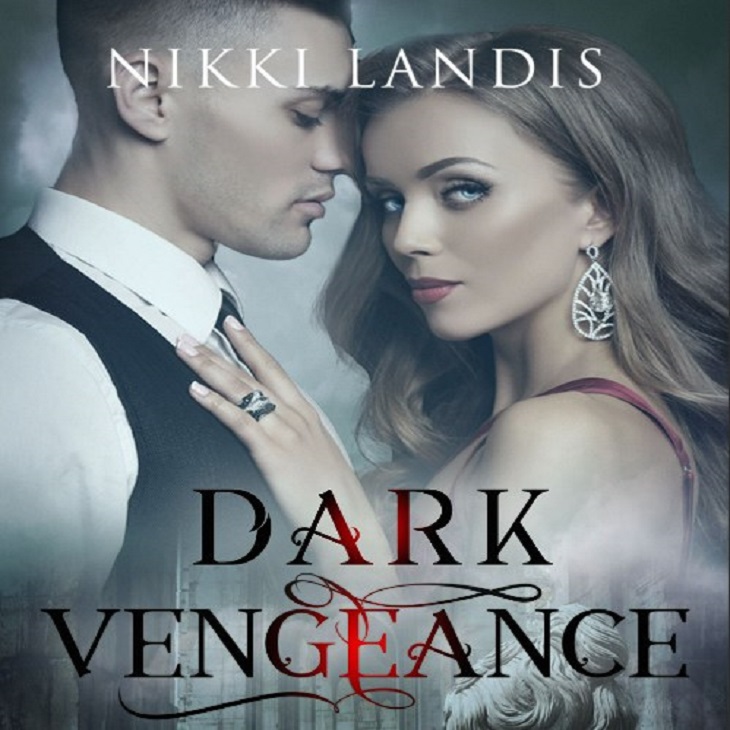Part 1: Historical Context of Romance Novels
1. Origins in Medieval Chivalry
Romance novels have a long and rich history that can be traced back to ancient times. However, the origins of the genre as we know it today can be found in the medieval era, when tales of chivalry and courtly love were popular. These stories often revolved around the romantic exploits of knights and their pursuit of virtuous maidens. The concept of courtly love, which emphasized idealized and unattainable love, became a central theme in many medieval romances.
2. Evolution of Themes and Tropes
Over time, romance literature evolved to encompass a wide range of themes and tropes. The regency romance is a popular subgenre set in the early 19th century. It introduced elements of social class, family dynamics, and societal expectations into the romantic narrative. Historical epics, such as those by authors like Margaret Mitchell and Alexandre Dumas, explored grand historical events through the lens of romantic relationships.

In more recent decades, romance novels have expanded to include contemporary love stories, paranormal romances, and other subgenres. Contemporary romances often focus on the challenges and complexities of modern relationships, while paranormal romances introduce supernatural elements such as vampires, werewolves, or time travel. This evolution has allowed for greater diversity in the representation of romantic relationships and characters in romance novels.
Part 2: Representation in Romance Novels
Romance literature has undergone a significant transformation, moving beyond its traditional portrayal of white, heterosexual protagonists. This shift has led to a greater emphasis on diversity and intersectionality, reflecting the complexities of the real world.
Diversity in Characters:
One of the most notable changes in romance literature has been the increasing representation of characters from diverse backgrounds. In the past, the protagonists were often limited to white, heterosexual individuals. However, today, readers can find a wide range of characters, including people of color, LGBTQ+ individuals, and those with disabilities. This diversity has allowed for a more inclusive and authentic portrayal of love and relationships.
Intersectionality in Romance:
Intersectionality, the idea that social and political identities are interconnected and cannot be understood in isolation, has become a prominent theme in romance novels. Authors are exploring how various aspects of a character’s identity, such as race, class, gender, and sexuality, intersect and shape their experiences. This approach allows for a more nuanced and complex understanding of characters and their relationships.

For example, a romance novel featuring a Black female protagonist might explore how her race and gender intersect with her experiences of racism and sexism. This exploration could be both within and outside of her romantic relationship. Similarly, a novel featuring a LGBTQ+ character might delve into the challenges and triumphs of navigating a society that is often unaccepting of their identity.
Part 3: Changing Perspectives on Love and Romance
Romance literature has undergone a significant transformation, embracing a wider range of relationship dynamics and empowering its protagonists.
Embracing Non-Traditional Relationships:
One of the most notable changes in romance novels has been the exploration of non-traditional relationships. Beyond the traditional heterosexual monogamous pairing, authors are now delving into a diverse array of love stories. This includes polyamorous relationships, where individuals have multiple romantic partners simultaneously, as well as relationships featuring characters with disabilities. These unconventional love stories challenge societal norms and provide readers with a more inclusive understanding of love and romance.
For example, a romance novel featuring a polyamorous relationship might explore the complexities of navigating a relationship with multiple partners. It can address issues of trust, communication, and jealousy. Similarly, a novel featuring characters with disabilities might highlight the challenges and triumphs of finding love and intimacy in a world that often overlooks or stigmatizes individuals with disabilities.

Empowerment and Agency:
Another significant shift in the genre has been the focus on empowering and independent protagonists. Gone are the days of damsels in distress waiting to be rescued by their knight in shining armor. Instead, romance novels are increasingly featuring characters who are assertive, ambitious, and unafraid to pursue their desires. These protagonists are not defined solely by their romantic relationships but are complex individuals with their own goals and aspirations.
By portraying empowered and independent protagonists, romance authors are challenging traditional gender roles and stereotypes. They are providing readers with stories that celebrate female agency and ambition, demonstrating that women can be successful and powerful individuals while still finding love and happiness.
Part 4: Influence of Cultural and Social Movements
Me Too Movement:
The Me Too movement, which has brought to light issues of sexual harassment and assault, has had a profound effect on societal attitudes towards consent and gender equality. This shift in consciousness has been reflected in romance literature. Authors are increasingly incorporating themes of empowerment, consent, and mutual respect into their stories.
For example, romance novels may feature protagonists who confidently assert their boundaries and refuse to tolerate unwanted advances. Additionally, the consent process may be explicitly addressed, highlighting the importance of clear communication and mutual agreement. These themes not only reflect the changing dynamics of romantic relationships but also provide readers with empowering and realistic depictions of healthy relationships.

Diversity and Inclusion:
The push for greater diversity and inclusion in literature has also influenced the representation of romantic relationships in novels. Authors are becoming more mindful of the need to include diverse characters and perspectives, reflecting the realities of the world we live in. This includes not only racial and ethnic diversity but also diversity in terms of sexual orientation, gender identity, and socioeconomic status.
By featuring diverse characters, authors can challenge stereotypes and provide readers with a more inclusive understanding of love and relationships. Additionally, exploring diverse cultural backgrounds and experiences can help to broaden readers’ horizons and foster empathy and understanding.
Part 5: Challenges and Controversies
The increasing diversity in romance novels has not been without its challenges. Traditionalists and critics have raised concerns about the genre’s adherence to conventional norms and the potential for stereotypes and misrepresentation.
Pushback from Traditionalists:
Despite the strides made in diversifying romance literature, some traditionalists argue that the genre should adhere to more conventional norms, such as heterosexual, monogamous relationships between white characters. This pushback has led to debates about the role of diversity in romance literature and the extent to which it should be embraced.
Traditionalists may argue that the inclusion of diverse characters or unconventional relationships undermines the core elements of romance novels. They may contend that romance should focus on idealized notions of love and happily ever after, which they believe are best represented by traditional pairings.

Stereotypes and Misrepresentation:
The demand for diversity in romance novels has also raised concerns about stereotypes and misrepresentation. Some critics argue that in the pursuit of diversity, authors may unintentionally perpetuate harmful stereotypes or misrepresent marginalized communities. This has prompted a call for greater sensitivity and authenticity in the portrayal of diverse characters and relationships.
For example, a romance novel featuring a Black protagonist might unintentionally reinforce stereotypes about Black characters if they are portrayed in a stereotypical or one-dimensional manner. Similarly, a novel featuring an LGBTQ+ character might misrepresent the experiences of the community if it does not accurately capture the challenges and triumphs they face.
Part 6: Future of Diversity in Romance Novels
1. Continued Expansion of Diversity:
The future of romance novels is poised for continued growth and innovation. As readers and authors increasingly demand more inclusive and authentic representations of relationships, the genre is likely to see a further expansion of diversity. This trend will likely lead to a wider range of stories featuring characters from various racial and ethnic backgrounds. It will also include characters with diverse sexual orientations, gender identities, and socioeconomic statuses.
Moreover, we can expect to see a continued exploration of non-traditional relationship dynamics, such as polyamory and open relationships. As societal attitudes evolve, romance novels will likely reflect these changing views on love and intimacy. Additionally, the genre may delve deeper into issues of consent, sexual harassment, and empowerment, building upon the momentum gained by the Me Too movement.
2. Importance of Own Voices:
Own voices literature refers to stories written by authors from marginalized communities about their own experiences. It is set to play a significant role in the future of diversity in romance novels. By amplifying authentic voices and perspectives, the genre can continue to move forward in its representation of diverse relationships and love stories.
In conclusion, the evolution of diversity in romance novels has been marked by a shift towards more inclusive and authentic representations of love and relationships. The genre has evolved from its historical origins to the current push for greater diversity and representation. Romance literature continues to adapt to reflect the changing dynamics of love and romance in today’s society. As the genre continues to expand and embrace diverse voices and experiences, the future of romance novels looks set to be even more inclusive and representative of the world we live in.





